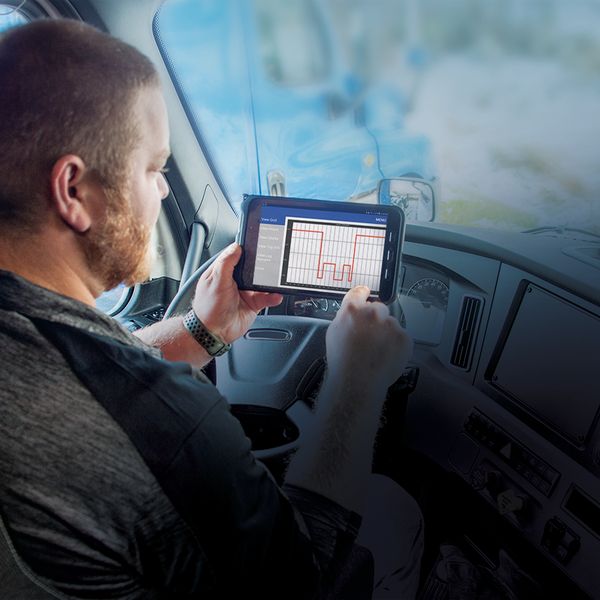Set personal conveyance limits, for the sake of safety and liability
Federal guidelines issued last year for “personal conveyance” – the off-duty use of a commercial vehicle for personal reasons – set no limits on how far or how long drivers can remain off duty while driving.
This begs the question, “Should you set your own limit?” A better question might be, “Can you afford not to?”
Allowing unfettered use of the personal conveyance (PC) provision – even if such use is allowed under the regulations – is asking for trouble and can put a motor carrier into legal jeopardy.
800 miles off duty
Recall, for example, the major crash in 2014 in New Jersey in which a tractor/trailer struck a limo in a work zone, killing one passenger and seriously injuring four others. Federal investigators found that the day before the crash, the truck driver made a 12-hour, 800-mile overnight “commute” from his home in Georgia to his workplace in Delaware. The driver logged the entire trip “off duty” and then reported for work without getting any sleep.
Though highly unsafe, the driver’s off-duty commute to work did not violate federal guidelines for personal conveyance or the hours-of-service rules. Despite that, the carrier was liable for failing to protect public safety by letting a fatigued driver behind the wheel, and reportedly paid a multi-million-dollar settlement.
This high-profile crash may have been one reason the Federal Motor Carrier Safety Administration (FMCSA) says motor carriers and drivers must take fatigue into consideration when allowing a driver to commute off duty to and from work in a commercial vehicle.
When commuting on personal conveyance, “the commuting distance combined with the release from work and start to work times must allow the driver enough time to obtain the required restorative rest as to ensure the driver is not fatigued,” the FMCSA’s guidance now reads.
Though “enough” is not defined, this language creates a standard of care that motor carriers must follow and enforce.




















































